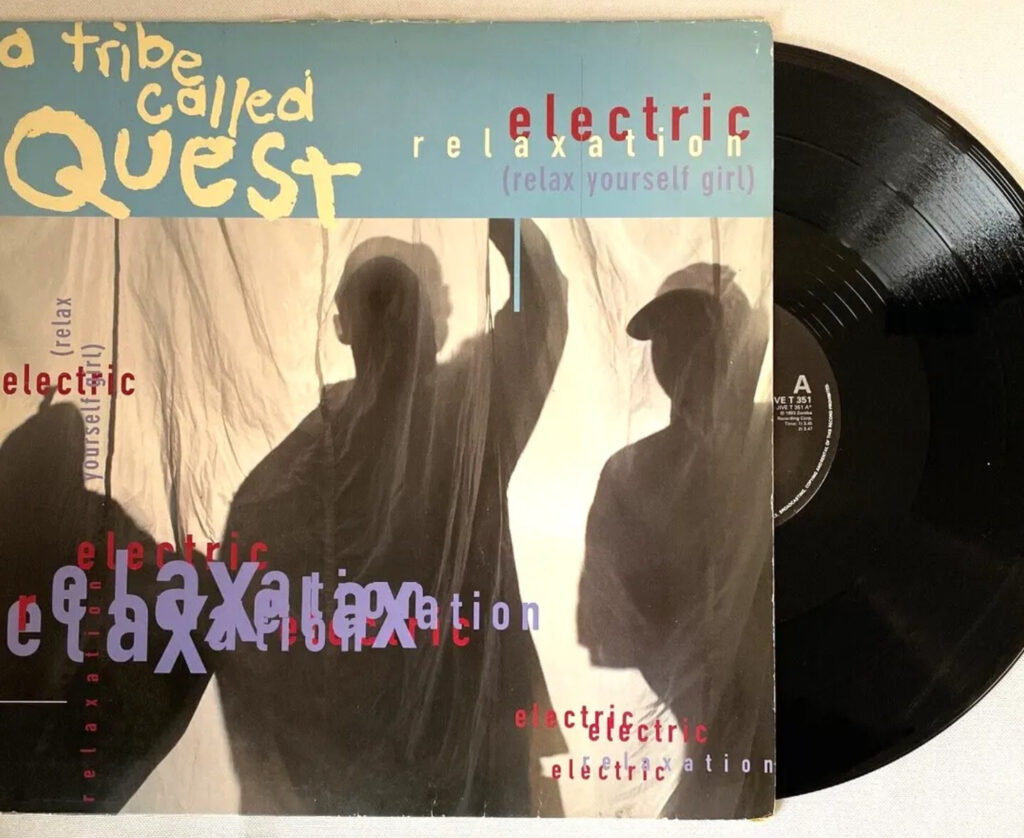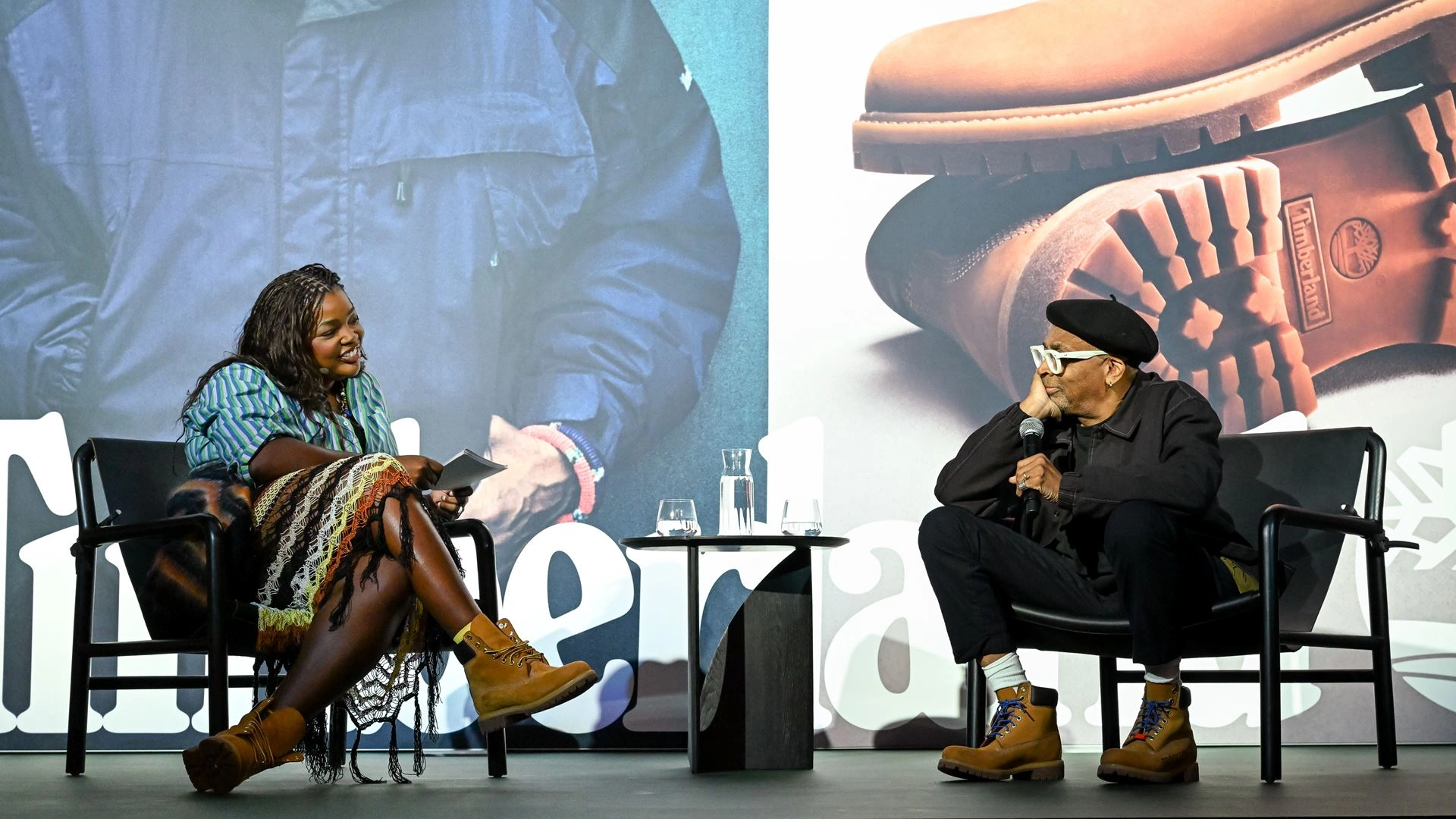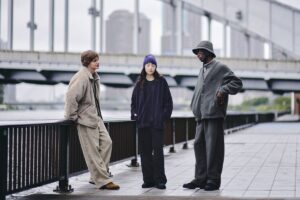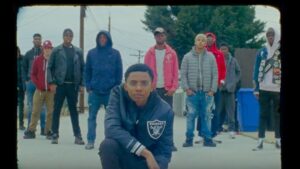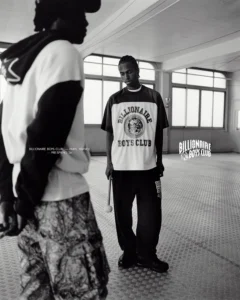When the Vibe Becomes the Message
These words from A Tribe Called Quest’s “Electric Relaxation” continue to ripple through headphones, sidewalks, TikToks, and memory lanes—even three decades after the song’s release. It’s a phrase that feels like a jingle, a hook, a mantra—but more than anything, it’s a mood. And in 2025, the track is resurfacing not as a nostalgia piece, but as a cultural tether between past and present, offering an opportunity to reflect on the difference between urban effect and urban affect—how hip-hop architecture both shapes and is shaped by emotional, lived experience.
In revisiting “Electric Relaxation,” we aren’t just hearing a classic—we’re hearing the structure of intimacy, the rhythm of city cool, the architecture of memory. As the phrase floats through barbershop playlists, viral edits, and hip-hop retrospectives, one has to wonder: what’s being passed on here? A sound? A mood? A place?
Soundtrack to a Generation—and the Next
Released in 1993 as part of Midnight Marauders, “Electric Relaxation” is a masterclass in sonic seduction. The song is built around a sample of Ronnie Foster’s 1974 track “Mystic Brew,” a jazz-funk loop that Q-Tip and Ali Shaheed Muhammad slow, stretch, and breathe into urban cool. The beat is mellow but crisp, riding on a loping bassline and hi-hats that whisper rather than crash.
But it’s the lyrical interplay between Q-Tip and Phife Dawg that elevates the track from head-nodder to hip-hop hymn. The verses toggle between flirtation, braggadocio, and poetic swagger..
It’s both intimate and expansive, specific and universal. The song never yells; it glides. And that glide is what’s being remembered—and repurposed—today.
The Resurfacing: Electric Recontextualization
Fast-forward to the present: “Electric Relaxation” is everywhere again. Not as a top-40 hit, but as a reference point, a reactivated jingle for a culture that never stopped quoting Tribe. It reappears in:
- Social media clips, often set to moments of stillness—sunlight through blinds, someone rolling a blunt, a slow pan across a cityscape.
- Soundbeds for barbershop and nail salon reels, representing a quieter masculinity and feminine cool.
- Fashion brand promo reels, especially for streetwear lines that trade in memory and cultural homage.
- University lectures, where “Electric Relaxation” is used to teach the evolution of sample-based production or Afro-diasporic poetics.
It’s not just that the song is being used—it’s being reactivated. Like a jingle, it embeds itself into modern branding and identity-making. But unlike most jingles, it carries the weight of cultural trust. It doesn’t sell you something—it reminds you of who you are.
Jingles as Urban Mnemonics
If jingles are typically seen as commercial earworms—“Have it your way,” “Ba-da-ba-ba-bah”—then “Electric Relaxation” presents an inversion: a jingle that comforts rather than convinces, a hook that doesn’t scream for attention but gently settles into urban affect.
Think of the song as a mnemonic device for relaxation within tension, an instruction manual embedded in Black sonic space:
- To relax is radical.
- To settle down is subversive.
- To groove in public is a form of emotional assertion.
This is where we begin to understand the difference between urban effect and urban affect.
Effect vs. Affect: The City in Motion
Urban effect refers to what the city does to you—its concrete realities, its policies, its pressures. The commute. The rent. The redlining.
Urban affect is what you do inside the city—how you feel it, navigate it, survive it. The sigh on a stoop. The Sunday morning cookout. The block-party flirtation.
“Electric Relaxation” sits at the crossroads of these forces. It responds to the effect of the city’s stress with the affect of Black cool. It is—musically and lyrically—a strategy of spatial ownership.
When Phife says, “Let me hit it from the back, girl I won’t catch a hernia,” it’s comedic, crude, and confident. But it’s also a kind of sonic graffiti—an assertion of joy in a world that often pathologizes Black intimacy. It’s affective resistance. You feel it in your gut before you parse it with your brain.
The Lounge as Resistance
The track has often been described as “smooth” or “laid-back,” which are aesthetic labels—but they’re also social strategies. In a hyperpoliced, hyper-capitalized city like New York in the ‘90s (or 2025, for that matter), the right to relax is not evenly distributed.
“Electric Relaxation” claims that right. It insists on it.
The vibe itself becomes the rebellion. The lounge becomes the fight. The song reminds us that emotional ease in public space is a political stance, especially for Black and brown bodies who are rarely afforded such calm.
In this way, the track is not background music—it’s architecture for soft power.
Fashion, Food, and Form: “Electric” as Lifestyle Blueprint
It’s no surprise that today’s tastemakers are reengaging with the “Electric Relaxation” aesthetic. It slots perfectly into our era of curated chill. Consider:
- The mushrooming of Black-owned tea lounges and smoke-friendly cafés, all playing Tribe in the background.
- The embrace of neutral palettes and vintage tailoring in streetwear, a sartorial echo of the track’s warmth and texture.
- Vinyl and lo-fi resurgence, where the tactile crackle of sound is valued over algorithmic perfection.
In each of these cultural waves, “Electric Relaxation” becomes a blueprint for how to exist softly but surely in urban space. It’s an anthem for controlled emotion, for composed charisma, for intimacy as currency.
The Phife Factor: Joy as Poetic Swagger
Much of the song’s longevity can be credited to Phife Dawg, whose delivery is both comic and magnetic. His lines bounce with childlike pleasure and adult confidence. But underneath it is a poet who understands rhythm not just as a musical principle, but as a survival tactic.
Phife’s verses don’t just entertain—they signal how to move, how to joke through structural limits, how to seduce the listener without losing yourself. In a landscape increasingly shaped by identity performance, his versework is instructive: be real, be rhythmic, be ridiculous—if you want to be remembered.
The Forward
“Relax yourself girl, please settle down.” The line returns again and again, like a chant. In today’s overstimulated attention economy, it feels like a prescription. A hope. A dare.
Electric Relaxation isn’t just a song—it’s a framework for modern existence. A city-embedded love poem. A jingle that doesn’t sell, but soothes. And as the track reemerges in cultural circulation—through ads, playlists, short films, fashion lines, and lecture halls—it reveals its power not as a nostalgic throwback, but as a perennial mood with architectural weight.
In the age of endless urban effect—traffic, noise, policing, hustle—this track is a quiet cathedral of affect. A place where you can settle down, even if just for a verse.
No comments yet.

